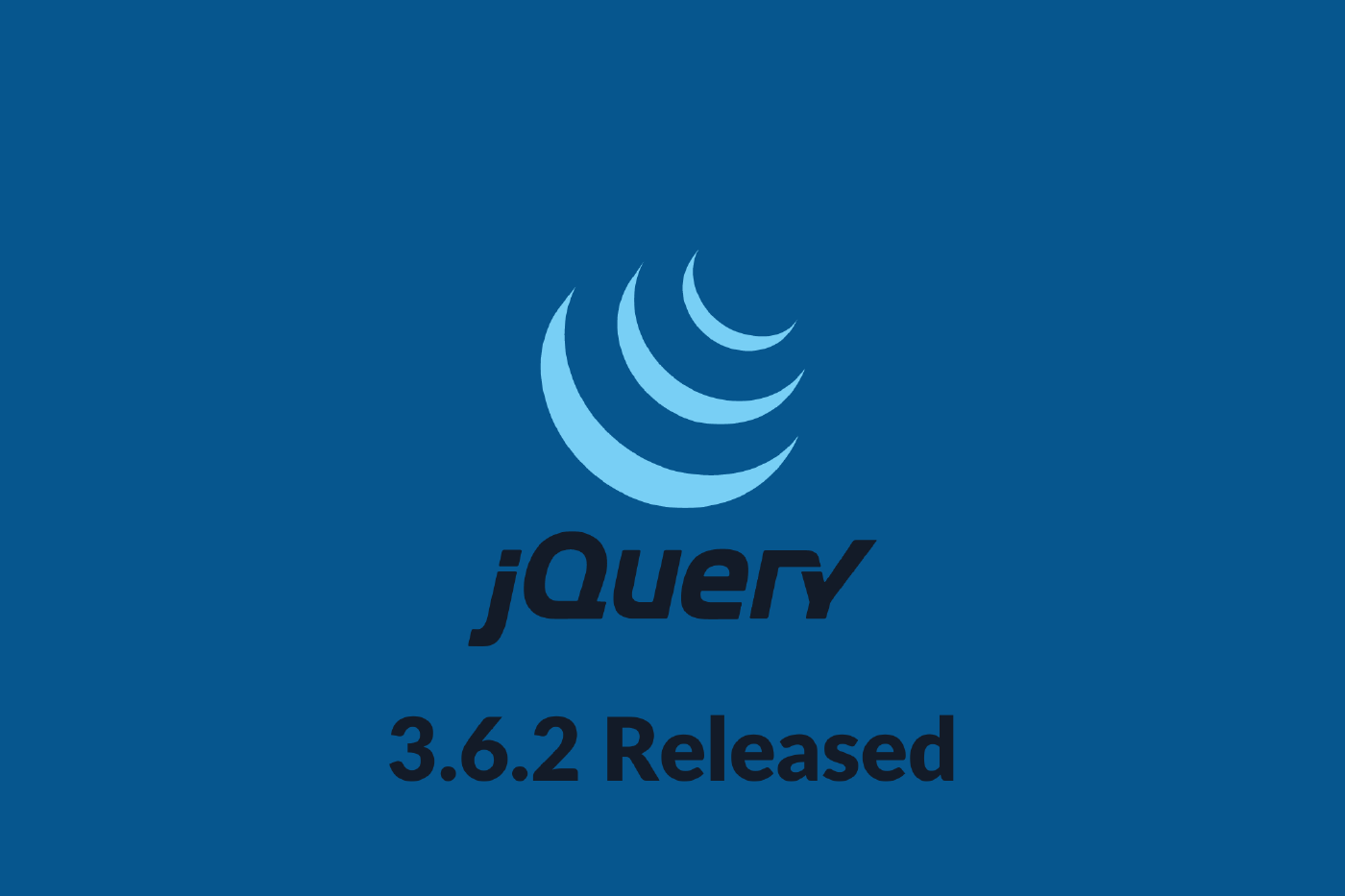jQuery 3.6.2 Has Been Released: A Look at jQuery going into 2023
In 2006 when jQuery was released, browser differences were a lot more difficult than they are now. jQuery simplified the process of writing client-side JavaScript, and also ensured that your code worked the same way in all browsers.
jQuery’s popularity increased when Microsoft and Nokia announced public support for it in 2008. jQuery remained at the top of the list of tools developers use until recently, as many companies that used it dropped support for it as a dependency.
Yes, jQuery was released in 2006.
You might not have been expecting a new release of jQuery, but surprisingly, it’s still being actively maintained.
But jQuery is dead. Right? Not quite.
It’s still in use by 77.3% of websites. It’s probably never going to disappear completely.
Why jQuery?
jQuery is a fast, small, and feature-rich JavaScript library. It makes things like HTML document traversal and manipulation, event handling, animation, and Ajax much simpler with an easy-to-use API that works across a multitude of browsers. With a combination of versatility and extensibility, jQuery has changed the way that millions of people write JavaScript.
- Traversing the DOM – Traversing the DOM is the act of selecting an element from another element. jQuery made it extremely easy.
- Changing DOM elements – jQuery makes it simple to change the styling and behaviors of a web page.
- Animating content – Like the above, jQuery allows the ability to animate content on a web page.
- Make HTTP Requests – jQuery made it easier to make HTTP requests.
- No cross-browser compatibility issues – jQuery worked the same on all major browsers, making it a perfect solution for web developers.
- Massive documentation – As jQuery is an older technology, you can be sure whatever problem you run into is just a quick Google search away.
Examples of jQuery
There are modern alternatives to jQuery functions, let’s take a look at an example.
Selecting an ID, class, or tag name
<p id="myId">Hello</p>
<script>
$("#myId");
</script>
The above is selecting the ID of the <p> element. Now, we can chain different jQuery functions onto the selection. For example, if we wanted to hide the paragraph element from the page, we can chain the .hide() function onto it, like so:
<p id="myId">Hello</p>
<script>
$("#myId").hide();
</script>
After running this, the paragraph will no longer be displayed on the page.
With modern JavaScript, we can achieve the same result using querySelector:
document.querySelector("#myId").style.display = "none";
Now, you might be thinking the jQuery version looks a lot neater, and you’d be correct (in our opinion). However, the second version doesn’t require the use of entire library, it just works.
Conclusion – Should we learn jQuery?
As we’ve seen, jQuery is still used in a lot of websites, but if you look into current trends, you’ll see that jQuery isn’t as popular as something like React. Most developer job listings today don’t even mention it; rather, they list modern technologies.
However, since it’s still used by so many websites, jQuery might be useful to know. It’s also quite easy to learn – you can probably pick it up in a few hours depending how comfortable you are with JavaScript. There might also be small use cases for it (for example, a static website animation).
So, sure, you might not ever have to work with jQuery, but why not learn it, if you haven’t already? Just don’t spend too much time with it!
Related Posts
The Art of Data Visualization: Exploring D3.js
Data is everywhere, flowing into our applications from various sources at an unprecedented rate. However, raw data alone holds little value unless it can be transformed into meaningful insights.
Read moreJavaScript’s Secret Weapon: Supercharge Your Web Apps with Web Workers
During an interview, I was asked how we could make JavaScript multi-threaded. I was stumped, and admitted I didn’t know… JavaScript is a single-threaded language.
Read moreCreating a NodeJS Budgeting Tool
In this article, we’re going to show you how to read and write to a .txt file using NodeJS by creating a small budgeting CLI (Command Line Interface).
Read more


